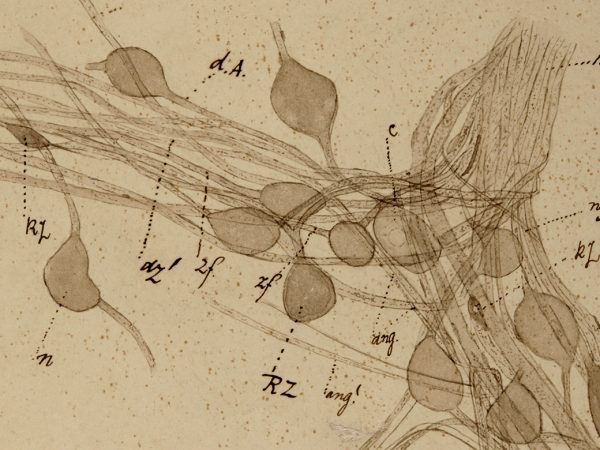Long before he developed psychoanalysis, Sigmund Freud had already distinguished himself as a scientific researcher and physician.

Sigmund Freud in 1884
Between 1876 and 1895, he made numerous contributions to various branches of biology and medicine, including:
- Physiology
- Anatomy
- Histology
- Anaesthetics
- Neurology
- Paediatrics
While still in his 20s, Freud was publishing research on topics, such as the anatomy of eels and the nervous system of sea lampreys.
He subsequently explored a wide variety of topics, including: the anaesthetic properties of cocaine, the nature of the aphasias (language disorders), and childhood cerebral palsy.
Freud’s immersion in scientific research contributed to what would become his special scientific gaze, which he gradually came to apply to the study of dreams, slips of the tongue, memories, fantasies and speech.
This resource explores Freud’s medical and scientific career.
We will be looking at:
- Science and Medicine in 19th century Vienna
- Freud’s scientific research
- Freud’s medical training
- The transition from medicine to psychoanalysis
In this resource:

Chapter 2
Science and Medicine in 19th Century Vienna
The 19th century was an exciting time for science, which was becoming increasingly separated from religious and spiritual influences.

Chapter 3
The Young Anatomist
Freud first trained as scientific researcher, studying tissue samples under the microscope.

Chapter 4
Freud’s Medical Training
In July 1882, Freud took up a junior position at the Vienna General Hospital, doing the equivalent of what today would be called a residency.

Chapter 5
From Medicine to Psychoanalysis
The standard narrative is that Freud's early psychoanalytic breakthroughs led him to abandon neurology and medicine - but this isn't entirely true.